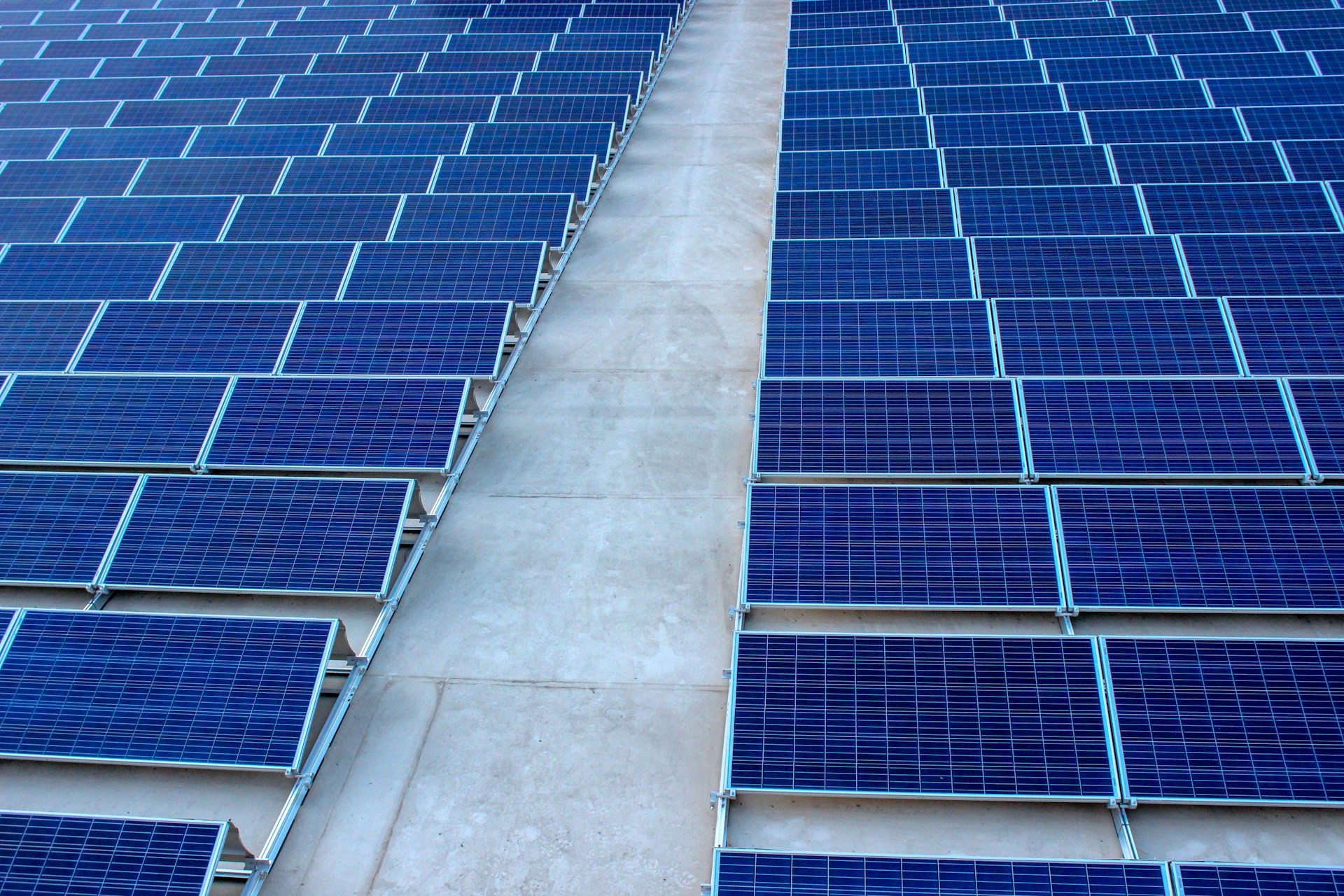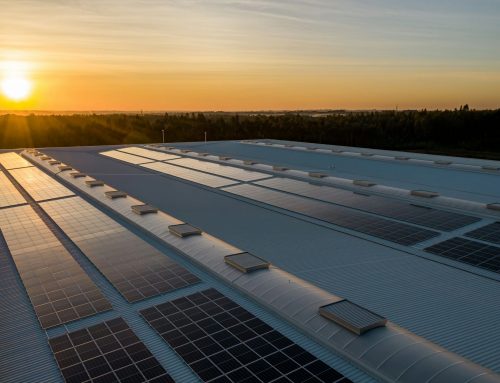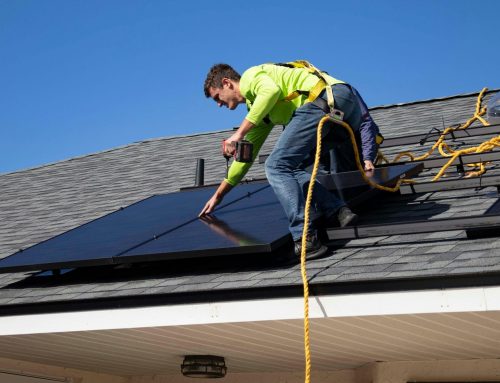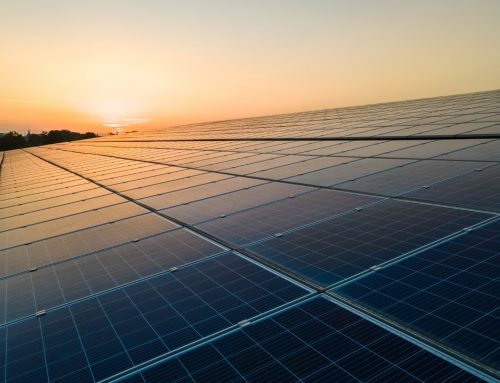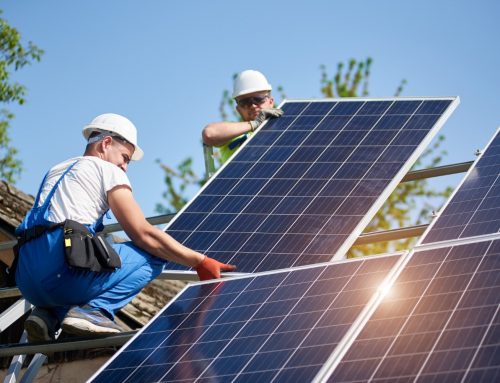Hailstones are natural elements that can wreak havoc on solar panels, causing significant damage if not accounted for. Imagine your solar panels, an essential part of your home or business, being bombarded by stones falling from the sky. The impact of hail can lead to cracks and functional failures, reducing efficiency and lifespan. This makes it incredibly important for those considering solar panels to understand the risks and how to manage them.
Certification for hailstone resistance plays a major role in making sure your solar panels can withstand adverse weather conditions. Panels that have gone through proper testing usually display those credentials on their data sheets. These certifications aren’t just logos or labels. They offer genuine peace of mind, helping you feel confident your system is up to the task. Without that layer of protection, solar panels can fail quicker when sharp weather hits, making reliability a key part of any buyer’s decision.
Understanding Hailstone Damage and Certification
Hailstone damage can be severe. These chunks of ice fall at high speed, especially during strong storms. When they collide with solar panels, they can crack the glass, chip away protective layers or completely break the panel surface. Even small dents or cracks affect the performance and output of your panels. That means less electricity, higher chances of system failure and long-term problems that chip away at your savings.
Solar panels that are certified for hail resistance are tested under strict lab environments. During certification, sample panels are hit with spherical ice launched at different speeds and sizes. If a panel survives this testing without damage, it receives a tick of approval, and this gets printed on the panel’s technical documentation.
Standard certificates usually cover conditions such as hailstones 25mm in diameter, launched at speeds around 23 metres per second. However, not all panels on the market meet or exceed this basic level. In fact, many don’t carry any hail certification at all. Panels from brands like REC may reach a higher level, with resistance up to 35mm hailstones.
– Solar panels can crack or smash from large hail
– Heat and cold can worsen damaged areas
– Certification helps promise resistance to hail size and testing speed
– Most standard panels only guarantee protection to 25mm, 23m/s
– Only select models go beyond these ratings
Paying attention to these numbers is more than just comparing specs. It protects your roof investment by giving you a clearer view of performance under real-world weather conditions. The difference between certified and uncertified panels may only show up when it’s too late—after the storm has already passed through.
The Growing Concern of Hailstones Globally
Hailstorms used to be random freak events. Now, they’re being seen more often in different parts of South Australia and around the world. Weather shifts have triggered shifts in storm behaviour, and hail is part of that.
The result is a big jump in repair costs. Insurance providers are watching trends, and when claims go up, so do premiums. Damaged roofs, broken panels and replacement needs are all becoming more expensive. That has a domino effect for everyone involved. Homeowners end up paying more for cover, while insurers make rules tighter.
If you’re in a hail-prone region, insurers might already be flagging your premiums or requiring proof of resilience before issuing cover. This is when your solar panel’s hail certification becomes more than a technical feature—it’s a way to help secure your broader property protection.
Homeowners and business owners are looking for better ways to protect their buildings. A solid, certified solar system reduces the risk of hail-related breakdowns and shows insurers you’ve made weather-aware choices. Long story short, the type of system you install today may impact how much you pay in future premiums.
Why SunPower Panels Stand Out
When looking at options, SunPower panels continue to separate themselves from others. Energy Buster actively recommends these panels thanks to their industry-leading hailstone certification—the highest currently available on the Australian market.
Lab tested, SunPower panels can handle hailstones up to 40mm in diameter travelling at speeds of 27.5 metres per second. That’s well beyond the minimum standard and even beyond competitors like REC, topping out at 35mm.
This makes a huge difference in real-world settings. Whether you’re in Adelaide or rural South Australia, storms can produce strong downbursts and big, damaging hail. SunPower’s panels are not just built to look good or generate energy in perfect weather. They’re also designed to survive under pressure—literally.
Long-term, this helps reduce problems like
– Post-storm replacements
– Panel cracking
– System outages
– Warranty claims
– Unexpected maintenance fees
SunPower’s strong testing background and component quality also means fewer worries when the skies get rough. For clients who value high performance and protection in one, SunPower keeps ticking more boxes than many alternatives.
At Energy Buster, we’ve surveyed many panels on the local market, and we’ve found that most still don’t carry any solid hail certification. Very few even get close to what SunPower guarantees. That reliable level of protection is why we continue to align with SunPower’s solar technology for residential and commercial installations.
Choosing Durable Panels Is a Smarter Long-Term Move
Going solar isn’t just about saving money month to month. It’s a longer-term investment in the way your property uses and produces power. If the systems you install today can’t handle tomorrow’s weather, you’re leaving yourself open to both damage and regrets.
That’s why we strongly advocate for choosing hailstone-certified solar panels. It’s not the most visible feature, but it’s one of the most valuable. Making smart decisions before installation saves you from costly surprises down the road. SunPower panels, in particular, give you that edge with resilience far above what’s standard in the market.
We’ve seen how unpredictable storms can be—one afternoon of bad hail can undo years of solar savings. Certified panels, installed properly, prevent this outcome. They keep your system together and working even as the skies break open. For homeowners and small business operators, the difference can mean peace of mind or an insurance claim headache.
If you’re thinking about solar or planning to upgrade an existing setup, it’s worth reviewing panel certifications more closely. Where you might’ve once focused on wattage or price ranges, today you also need to think about durability.
That decision can make a world of difference when the weather doesn’t play fair.
For those looking to secure their investment and enjoy long-lasting benefits, choosing certified solar panels is a smart move. Whether you’re setting up a system at home or for your business, having something built to last matters. To explore trusted options for solar panel installation in Adelaide, reach out to Energy Buster for tailored advice and dependable solutions.

